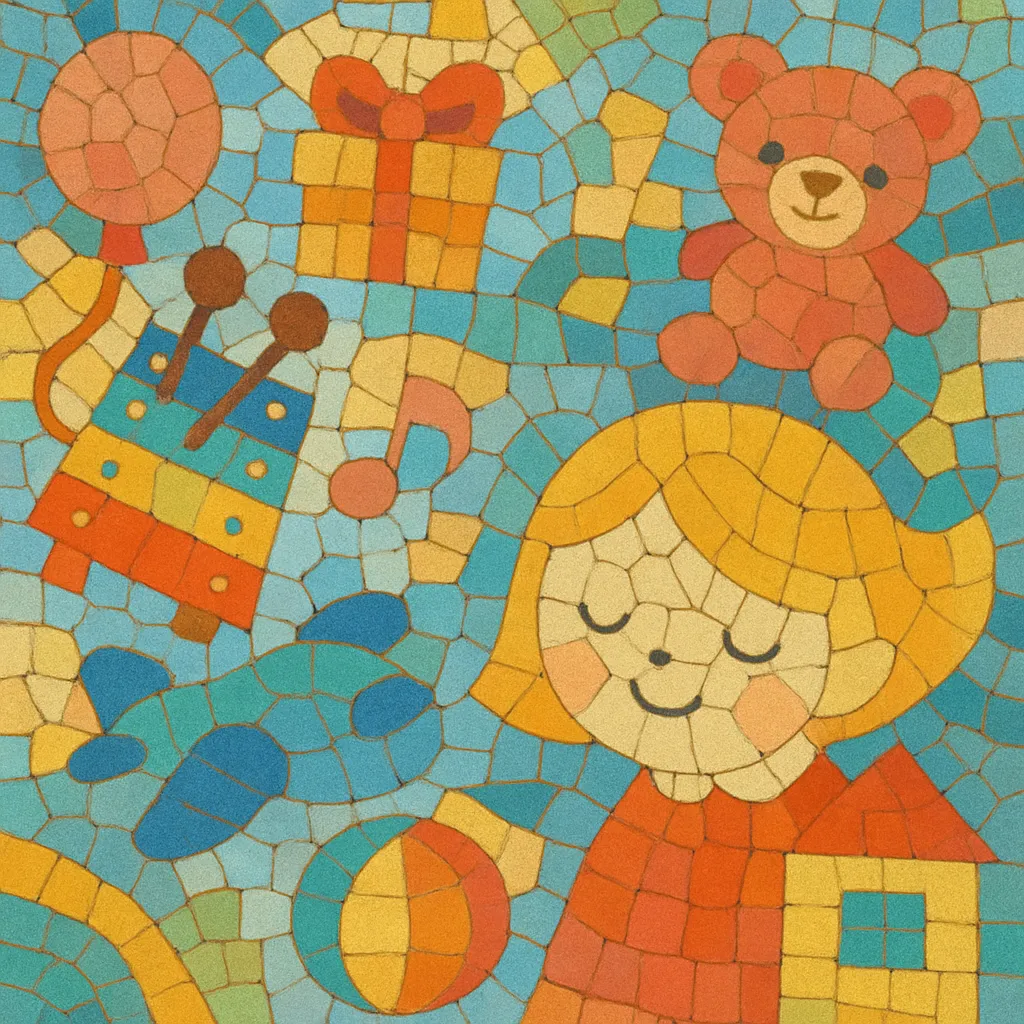Toypop is a cute, whimsical strain of pop that foregrounds toy-like timbres, childlike melodies, and playful sound design.
It typically blends the sugary sensibilities of J-pop and Shibuya-kei with the small, bright colors of toy instruments, chip sounds, bells, music boxes, and hand claps.
While it overlaps with picopop, denpa, and toytronica, toypop leans toward light, bouncy songcraft—short, hooky tunes, gentle vocals, and a sense of wonder—often evoking picture-book worlds and cozy, domestic scenes.
Production ranges from lo-fi bedroom charm to polished micro-collage, but the focus stays on innocence, wide-eyed fun, and tactile, small-sounding textures.
Toypop emerged in Japan in the early 2000s, drawing on the playful sophistication of Shibuya-kei and the tuneful mainstream of J-pop. Indie labels and small DIY scenes embraced toy keyboards, glockenspiels, melodicas, and domestic sound objects (clicks, clacks, and soft household noises) to create a deliberately small, intimate palette. Artists framed childlike charm as an aesthetic choice—cute, but compositionally smart—sitting somewhere between twee pop’s naïveté and Shibuya-kei’s crate-digger elegance.
As affordable software and compact instruments spread, toypop artists layered bell tones, music-box plucks, and 8-bit bleeps with gentle vocals and bright harmonies. Some acts pushed toward sample-dense micro-collage, while others favored minimalist lullaby-pop. The scene intersected with picopop, denpa, and toytronica, and occasionally with chiptune, giving the style a broader international footprint via netlabels and bedroom producers.
Core traits included toy timbres (toy pianos, Casio tones, bells), simple diatonic melodies, soft dynamics, and short song forms. Lyrics often centered on everyday joy, seasons, snacks, pets, or cozy domesticity, delivered with hushed or breathy vocals. Rhythms tended toward light, danceable grooves or gentle shuffles, avoiding aggression in favor of buoyant bounce.
Toypop’s emphasis on kawaii sound design and small-scale intimacy filtered into picopop, moe song, and parts of hyperpop and anime-related pop aesthetics. Its ethos—playful, handcrafted, and emotionally disarming—helped normalize toy timbres and childlike themes in modern indie and electronic pop worldwide.


